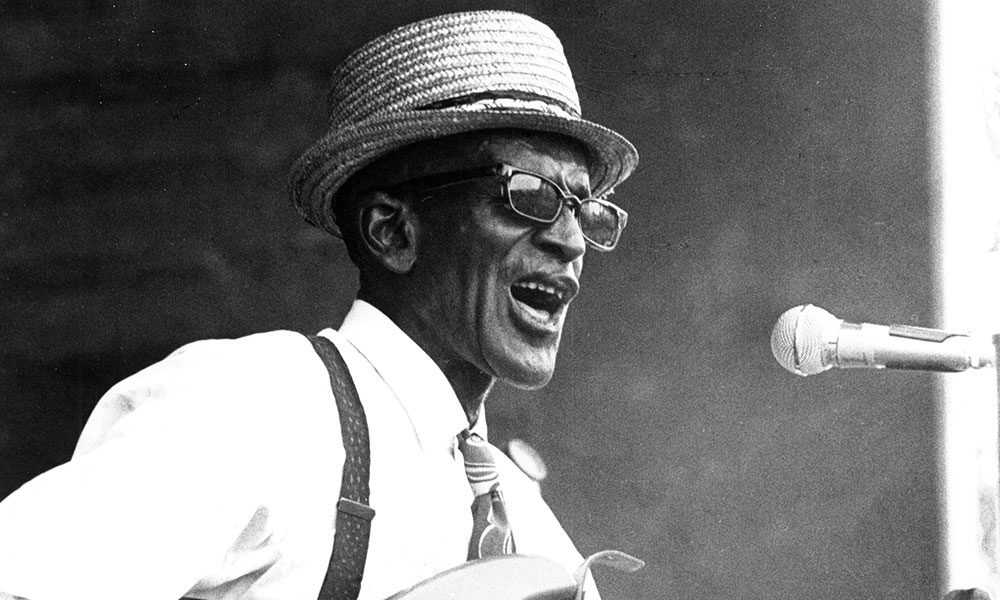Remembering Sleepy John Estes, Country Blues Pioneer
Born in 1904, he was one of the finest country blues performers and instrumental to the 60s blues revival.

Blues guitarist and singer Sleepy John Estes was born into a family of sharecroppers on January 25, 1904. His nickname came via an accident: He lost an eye in a baseball game in his teens, and subsequently had a cast eye, which made “Sleepy” a natural choice of nickname.
Musically, Estes got his start playing his home-made cigar box guitar at picnics and house parties around Brownsville, Tennessee. By the mid-1920’s, he was playing on the street of Memphis, frequently partnering with Hamie Nixon, a harmonica and jug player, and James “Yank” Rachel on mandolin.
Sleepy John Estes recorded the first of a dozen sides in Memphis in 1929 for Victor. Two years later, Estes and Nixon traveled to Chicago, playing on street corners and at house rent parties. By 1935, he was recording for Decca, cutting over 30 titles before 1940, including “Drop Down Mama.” Early in 1942, he moved back to Brownsville. It was here that he lost the sight in his good eye in 1949. Nonetheless, in 1952 he was back in Memphis, cutting six sides for Sam Phillips’ Sun Records; unfortunately, tastes had changed and they went unreleased.
At 53 years old, Estes returned again to Brownsville, surely thinking that his career must be over. But ten years later in Saukville, Wisconsin, he was back in the studio, recording, and soon he was playing to the new devotees of folk blues on the university circuit. Two years later he was at the Newport Folk Festival and touring Europe as part of the American Folk Blues Festival. He recorded extensively during the 1960’s, working with Mike Bloomfield in 1963. During the early 1970’s Rachel, Nixon, and Estes performed throughout America, as well as in Europe and Japan. Sleepy John Estes died in 1977.













Michael Clark
January 25, 2017 at 1:24 pm
I wonder what the story is on the photograph. That looks like a Silvertone model 1457 made by Danelectro that was sold from 1963-67 via the Sears & Roebuck catalog.
Ella Harris
January 28, 2019 at 4:01 pm
This is my uncle